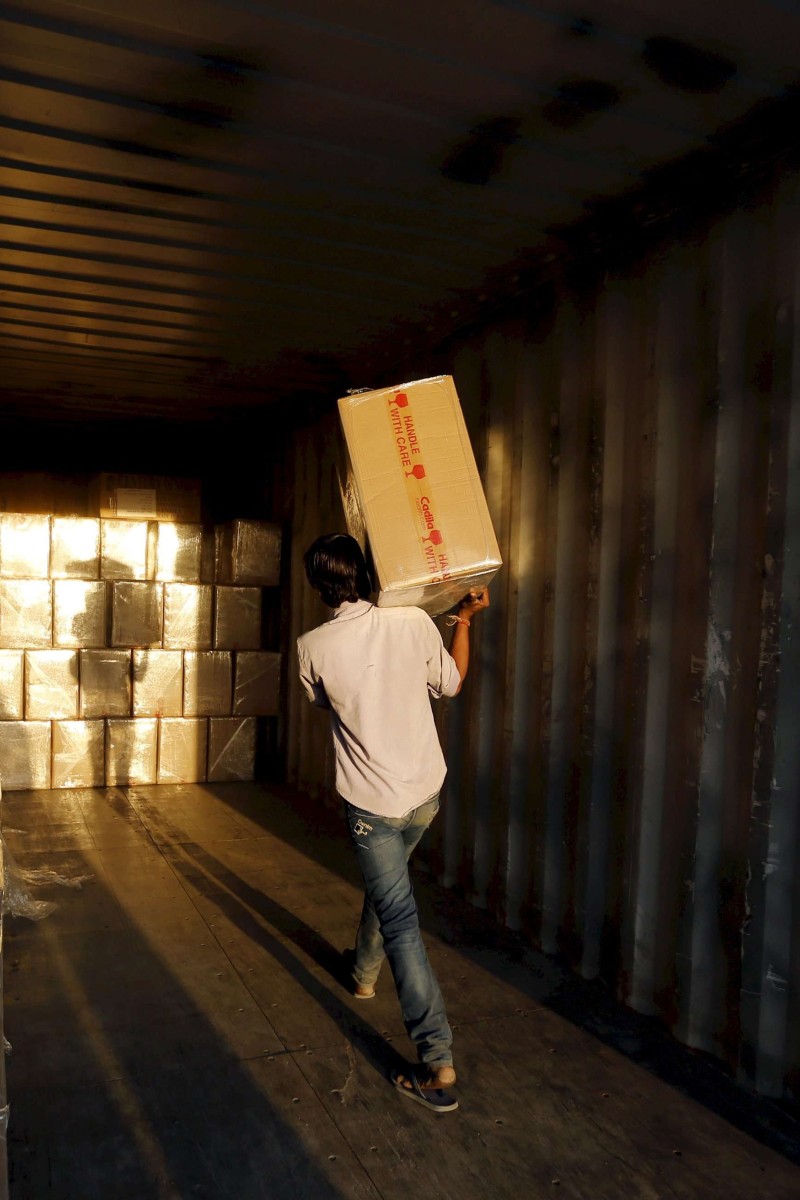
 Multiple taxes mean trade suffers and ultimately, the cost is passed on to the consumer.
Multiple taxes mean trade suffers and ultimately, the cost is passed on to the consumer. India’s current prime minister, Narendra Modi, was elected in 2014 on his economic credentials and the promise that he would bring to the nation the same prosperity he brought, as chief minister, to his home state of Gujarat in Western India.
The keystone of Modi’s economic policy is a nationwide goods-and-service tax (GST), intended to streamline the many state and central-government levies currently encumbering business in the country.
Under the existing tax regime, multiple layers of tax are imposed on the same item, and interstate trade is complicated by varying tax rates between states.
Transporting goods across state borders can mean long waiting times to resolve tax matters, and the plethora of obscure charges leaves ample room for corrupt officials to line their pockets.
In addition to this, many economists observe that because of dual taxation by states and by the centre, manufacturing is frequently taxed at a higher rate than consumption. This leads to higher costs for domestic producers, and consequently steeper prices on domestically produced goods.
Making domestic goods more expensive subsidises imports, weakening industry in the country and widening India’s current account deficit. Indeed, manufacturing is a smaller portion of GDP in India than it is in most emerging economies. In general, where foreign substitutes are not an option, the taxes are simply passed on to consumers.
Strangely, the centre also taxes trade between states. This led The Economist to quip that India’s blocking of a global trade deal in 2014 was hardly surprising, as the country had “failed to sign a free-trade agreement even with itself.”
The GST, which has already been implemented in 150 countries, offers a viable solution to India’s woes. The idea behind the GST is that the current alphabet soup of taxes would be replaced by a clear, unified system that enables free trade between states and cuts out unnecessary taxes. The ultimate aim of the GST is to turn India into a single market, instead of the fragmented economy it is now.
The details of the GST’s implementation are quite complex. Essentially, both the state and centre will have the power to levy the taxes, and revenue will be shared. A council will be established to ensure states and the centre are receiving a fair share of the dues.
If successfully implemented, the GST could mean a far more efficient market in India and lower costs for both businesses and consumers.
Further, a single tax system reduces opportunities for corruption. One study estimates that a properly administered GST could boost growth anywhere from 0.9 to 1.7 per cent annually.
However, the bill to change the law and add the GST is currently being blocked in the Rajya Sabha, India’s upper house of parliament. The ruling Bharatiya Janata Party and its allies do not have the two-thirds majority required to pass the bill, which is opposed by India’s main opposition party, the Indian National Congress.
States gripe that under the proposal, they stand to lose the significant revenue stream the current tax structure affords them. The centre has tried to calm these fears by promising to compensate states’ revenue loss for five years. Regardless, states stand to gain in the long term by an easing of the business environment and the likely corresponding increases in investment and trade. Others still complain that the states will retain too much power to adjust state GST rates, thereby undermining the system. Debate on the bill continues in parliament.
The GST will not be a panacea for all of India’s economic worries, and the bill certainly has its imperfections. Despite this, the proposal must pass. The tax reform represents an important step in further liberalising the Indian economy, and it is an unquestionable improvement on the current system.

